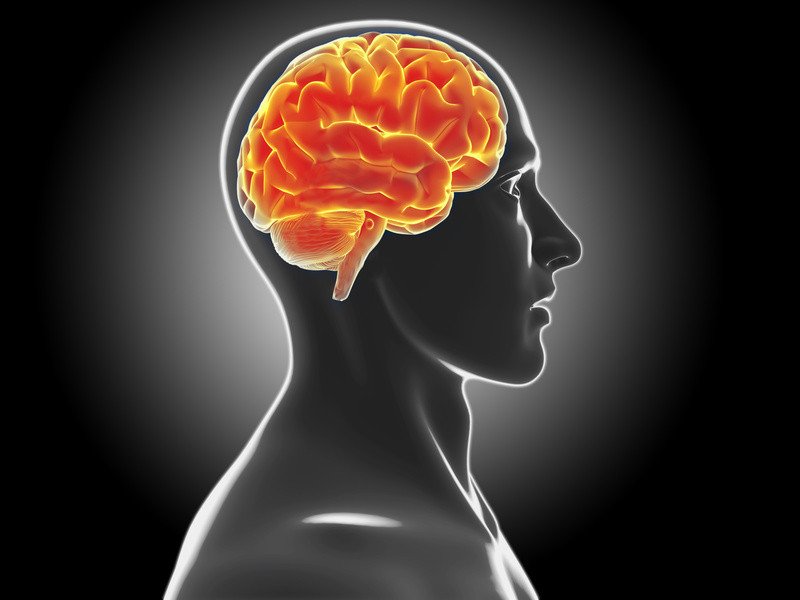According to Swedish scientists, stem cells can be used to heal the damage in the brain caused by Parkinson’s disease.
They said their study on rats heralded a “huge breakthrough” towards developing effective treatments.
There is no cure for the disease, but medication and brain stimulation can alleviate symptoms.
Parkinson’s disease is caused by the loss of nerve cells in the brain that produce the chemical dopamine ,which helps to control mood and movement.

To simulate Parkinson’s, Lund University researchers killed dopamine-producing neurons on one side of the rats’ brains.
They then converted human embryonic stem cells into neurons that produced dopamine.
These were injected into the rats’ brains, and the researchers found evidence that the damage was reversed.
There have been no human clinical trials of stem-cell-derived neurons, but the researchers said they could be ready for testing by 2017.
Malin Parmar, associate professor of developmental and regenerative neurobiology, said: “It’s a huge breakthrough in the field [and] a stepping stone towards clinical trials.”
A similar method has been tried in a limited number of patients.
It involved taking brain tissue from multiple aborted foetuses to heal the brain.
Clinical trials were abandoned after mixed results, but about a third of the patients had foetal brain cells that functioned for 25 years.
Using embryonic stem cells may be preferable, as it is easier to get hold of the large numbers of cells needed for transplant by growing them in the laboratory.
It also opens up the possibility of using less ethically charged sources of stem cells, such as those made from adult tissue.
[youtube as1XnGmepyY 650]
